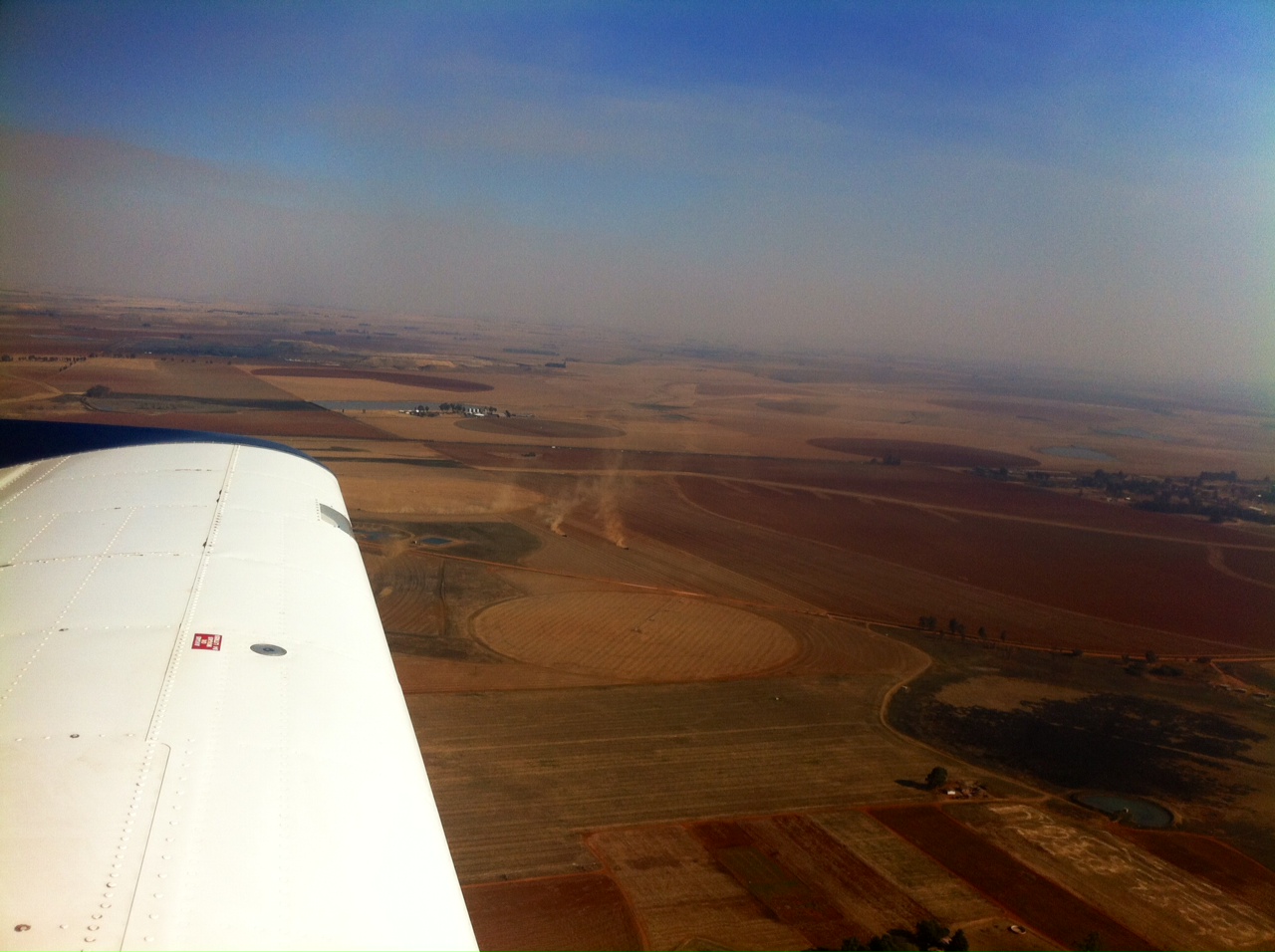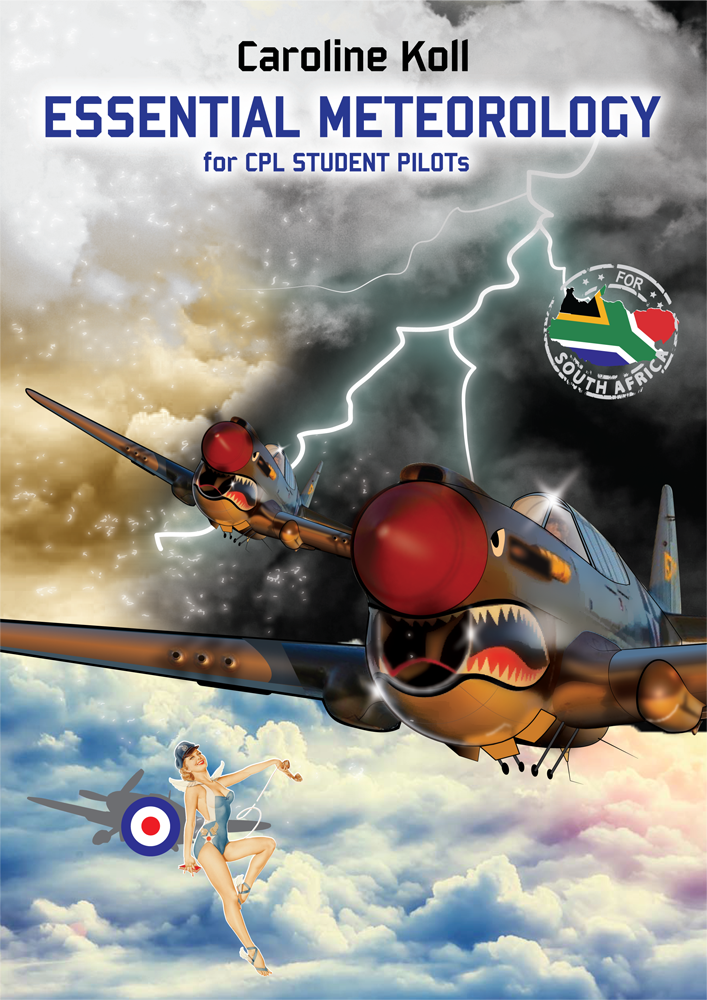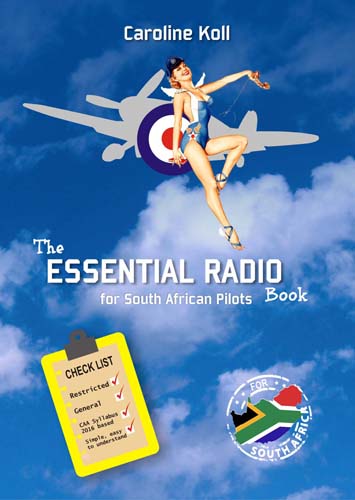It is almost certain to have happened to every VFR pilot, whether on that first solo navigation exercise, or many hours down the line… That ‘Oh F@#$’ moment when you realise that you have somehow lost situational awareness and you don’t quite know where you are. Having this happen to you in a solo situation can be just as stressful as having passengers on board. Flying can bring with it many challenges that you didn’t exactly ‘plan’, but having the right attitude, and a set of skills that help you cope with the unexpected, will get you through.
Prevention is always the best remedy. Its all in the planning – if you usually rely on GPS or an EFIS electronic cockpit, then be aware that these might fail when you least expect it! Besides, it is a legal requirement to carry a proper map with you if you are traveling any distance further than 20NM. If you sigh at the thought of planning a proper flight log, with all the calculations of speed, distance and fuel, you are definitely diminishing your problem solving toolbox. I truly recommend, that even if you do have the advantage of having a GPS onboard, marking your route out on a paper map and having a flight log with waypoints and estimated times with you. There are many affordable planning software programs available like Easy Plan, which make the job quick and easy, so really no headaches there if you use the resources.
The first thing you want to do is check your heading, have a look at the map and see if there is anything that you recognise. If you have been filling in a flight log, determine the last point and the time where you knew where you were. Did you deviate off your heading? I remember once having marked a turn point at a big set of silos on my map, but ended up turning at the wrong silos – I convinced myself that this was the place to turn, but in fact, when I looked at my leg time later on, it was much too early! Luckily I managed to get back on track, but this just demonstrates how important a flight log can be, and how those leg times can help you make the right decisions.
Another trick you can try is the ‘Square Rule’. Often used in bush flying, the idea is to fly a square in your current location based on time, gradually expanding the square until you find something you recognise (or that hard-to-see bush strip!). Get your timer out – turn left and time one minute, then turn left again and time another one minute. Continue doing this until you have completed a square, all this time looking out for features. If you still don’t recognise anything, then expand your square to two minute legs, creating a bigger ‘search’ area.
If you still don’t know where you are, then it is time to confess (and don’t wait too long to do this). You want to make a radio call to an ATC or flight info service appropriate to your route. These services have a number of resources at their disposal which they can use to assist you, and are there to help you! Any ATC would prefer having radio contact with a lost pilot, rather than have an unidentified light aircraft wander into their CTR.
Being lost in an aircraft can quickly become an emergency situation with regards to fuel, terrain, weather or airspace incursion, so by remembering these 5 GOLDEN RULES you will be prepared to deal with the situation:
CONFESS – Using correct phraseology, make a radio call on the most appropriate frequency to your route which has an ATC on the other end that has the training and resources to help you.
COMMUNICATE – Prepare for the communication as far as possible, by determining your last known position, the approximate time, how much fuel you have remaining, persons on board and distinguishing features at your current position. Remember to state your call-sign clearly, and remain on that frequency if you have contact.
CLIMB – If necessary to improve radio contact, or radar coverage, execute a climb bearing in mind other traffic in the area. Height will also provide you with a greater visual area within which you can identify landmarks.
COMPLY – Once you have contact, and someone is helping you, then listen and comply with the instructions they give you. Even if they do not have you on radar, they will direct you, based on the information you provide, until your blip is picked up on screen. If you are instructed to squawk a specific code or 7700, then make sure you have actually entered the code into your transponder. This will help them identify your aircraft amongst others in the area. Also REMAIN ON FREQUENCY unless instructed otherwise.
CONSERVE – All this time, remember that flying your aircraft, and making sure that all it’s systems are well is a priority. Fly economically, especially if you are starting to run low on fuel.
Finally, remaining calm, especially if you have passengers on board, will help you deal with the situation on a more efficient way. If you demonstrate panic, your passengers will panic too, which means you will have an additional challenge to deal with. Instead, engage your passengers as part of the solution – have them look out for landmarks, they may have a different vantage point than you do.




